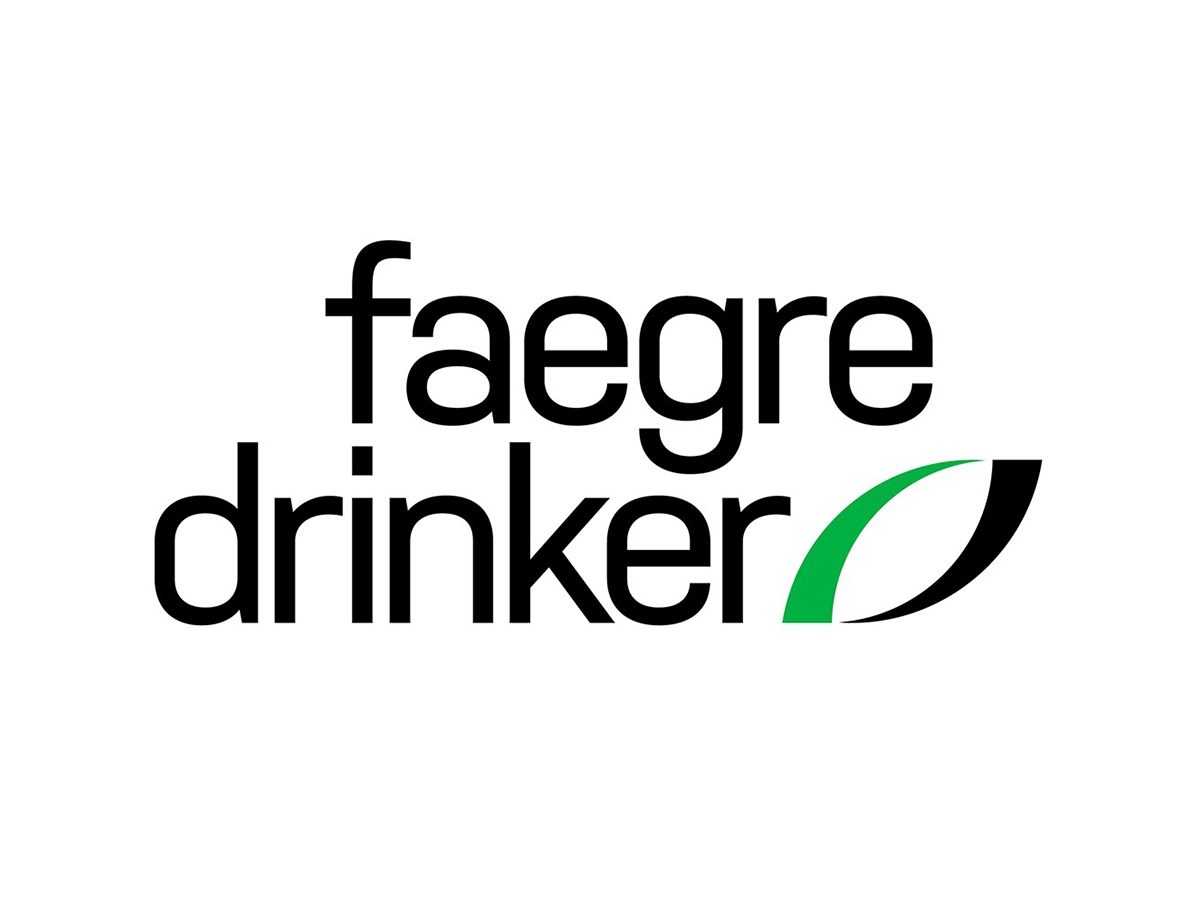How could alternative licensure alter lawyer labor supply? Law prof’s research may have answers
Legal Education
How could alternative licensure alter lawyer labor supply? Law prof’s research may have answers
June 14, 2023, 10:51 am CDT
If jurisdictions eliminate the bar exam as an entry to attorney licensure, the labor supply of lawyers would increase by 16%, according to new research by Kyle Rozema, an associate professor at the Washington University School of Law in St. Louis.
His findings are detailed in a new working paper, titled How Do Occupational Licensing Requirements Affect Labor Supply? Evidence From the Legal Profession. Part of his data was from the American Bar Association, including the Survey on Lawyer Discipline Systems, known as SOLD, and bar exam statistics. He focused on the years 1980 through 2019.
Additionally, Rozema found that the labor supply of lawyers would increase by 8% if states adopt the most lenient bar exam policies and would decrease by 14% if the strictest policies are adopted.
His definition of leniency and strictness include how high or how low a bar exam cut score is. For that, Rozema used a 200-point scale detailed in the Comprehensive Guide to Bar Admission Requirements, which is published by the National Conference of Bar Examiners and the ABA’s Section of Legal Education and Admissions to the Bar.
The paper also looked at how eliminating a law degree requirement would affect the labor supply of lawyers. It involves what Rozema refers to as “law office study,” with a lawyer or judge supervising. That effect is minimal, according to his research, in part because it’s difficult to find a lawyer or a judge to supervise law office study.
Rozema also examined the time period between taking a bar exam, getting the results and being admitted to practice law. The average lawyer can get a law license five months after graduation, according to the working paper, which is posted on SSRN.
“Although this lag may seem like a temporary delay to recent law school graduates, the fact that it happens each year to subsequent cohorts means that changes to policies that eliminate the lag can increase labor supply by as much as 3%,” Rozema wrote.






